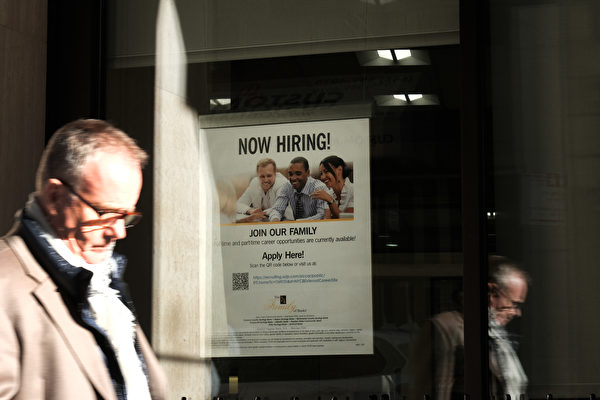The US Department of Labor released a report on Friday (August 2) showing that the increase in non-farm payrolls in July was 114,000, significantly lower than expectations and below the average increase over the past 12 months (215,000). The unemployment rate also rose to 4.3%.
According to data from the Bureau of Labor Statistics, the increase in non-farm payrolls in July (114,000) was lower than the downwardly revised 179,000 in June and below the Dow Jones’ expectation of 185,000 people.
At the same time, the US unemployment rate rose to 4.3% in July, with an increase of 352,000 unemployed individuals, reaching 7.2 million people, the highest level since October 2021.
In terms of specific industries, the healthcare sector led job growth in July with an addition of 55,000 jobs. Other industries with significant job gains included construction (25,000), government (17,000), transportation and warehousing (14,000), and social assistance (9,000).
As an indicator of inflation, average hourly earnings increased by 0.2% in July compared to the previous month and by 3.6% compared to the same period last year. These two figures were lower than the expected 0.3% and 3.7% respectively.
According to Bloomberg, Janet Mui, Market Analyst Director at wealth management company RBC Brewin Dolphin, commented on Friday’s employment report, stating that given the increase in unemployment benefit applications, a contraction in manufacturing hiring surveys, and the July employment report, the Fed is likely to start cutting interest rates next month. Furthermore, it is expected that the Fed may need to cut rates by a larger margin than previously anticipated due to concerns about economic growth. Concerns about economic growth reflected a negative response in risk assets, while bonds, gold, and defensive industries experienced a rebound as investors sought safe havens.
Due to the weaker-than-expected employment report, the US market fell on Friday morning. The new data has sparked concerns about an economic recession, as investors worry that these figures indicate a rapid softening of the economy.
Large-cap tech stocks led the declines. Amazon’s stock fell by 10%. Meanwhile, after lowering forward guidance, Intel’s stock fell by 28%. Microsoft and Nvidia also saw declines in their stock prices.
The tech-heavy Nasdaq Composite Index is expected to undergo a correction by the end of this week, falling more than 10% from recent highs. The Dow fell 497 points, or 1.2%; the S&P 500 index dropped 1.6%; the Nasdaq Composite index fell by 2.6%.

